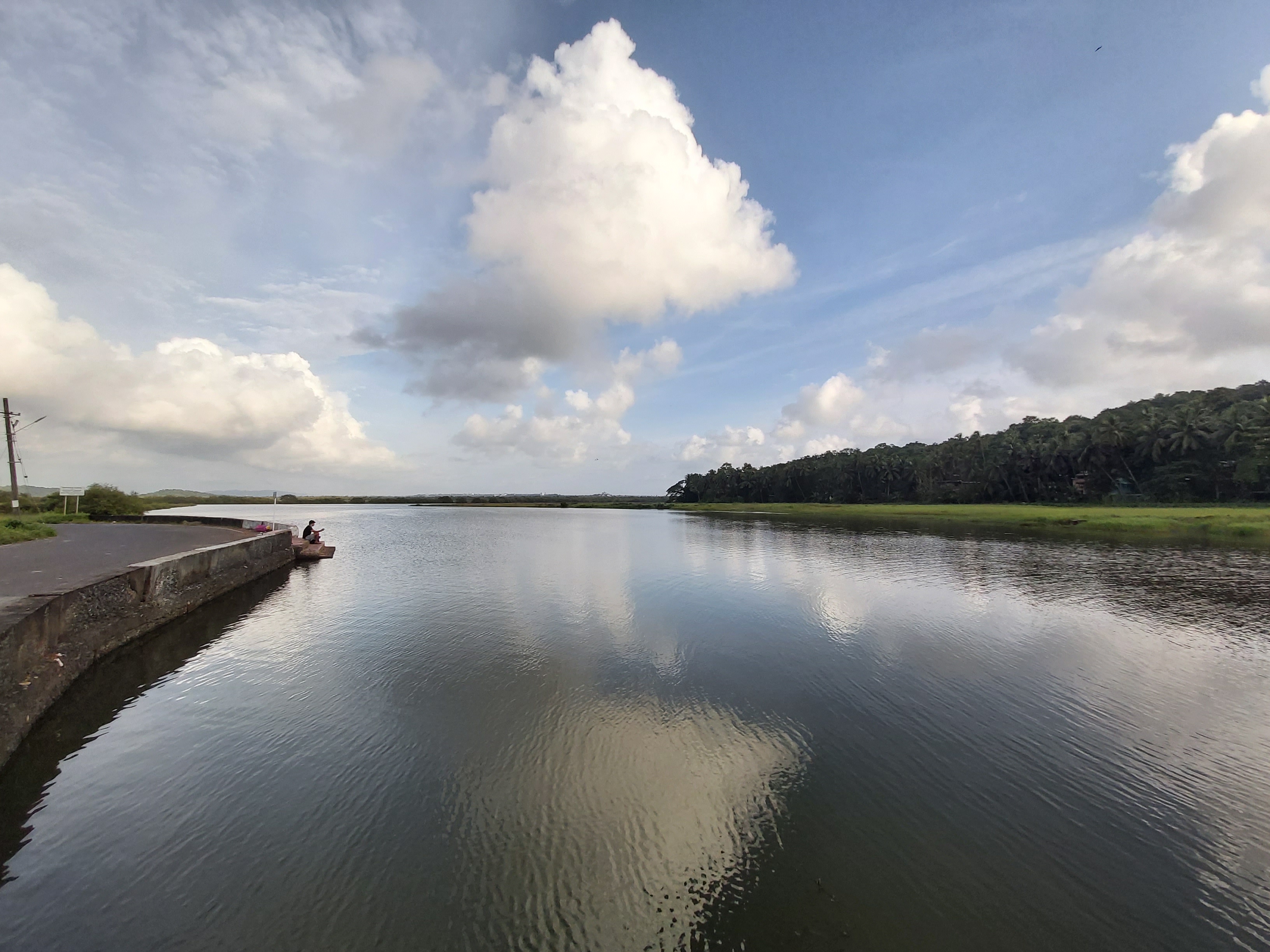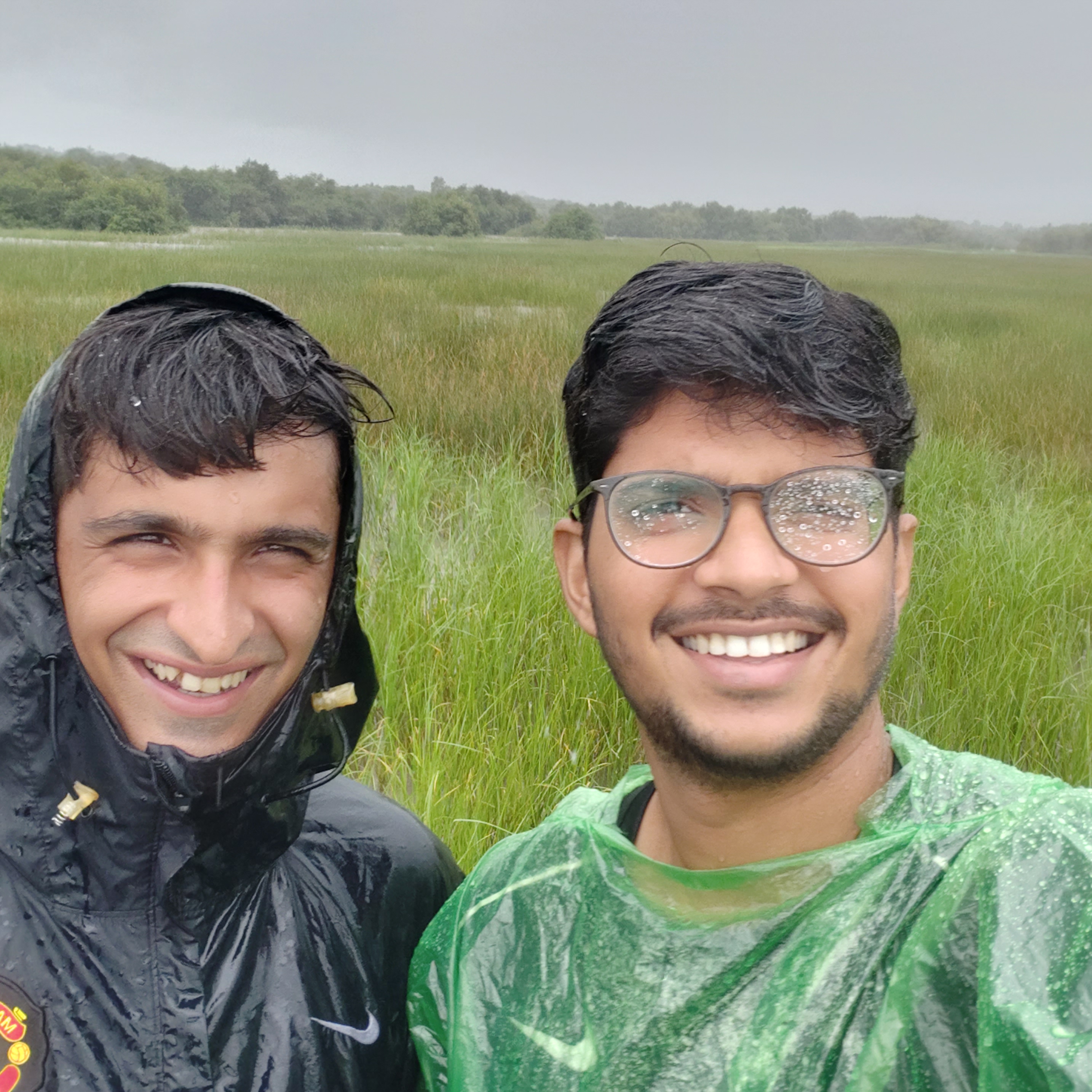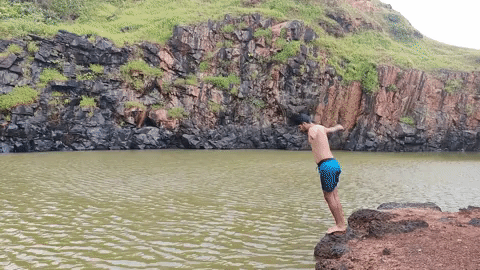The Soprano Who Loved His Solantle, and Other Uppers in Rainy Goa

Visiting Goa in the winter months is like serving yourself a plate of dal chawal in a ratio of two to one: an overkill of chill. It doesn’t work out and there’s nothing that the homely comfort of aloo gobhi or the company of friends can do to make things better. Long queues of tourists outside Vinayak, couples bonding over beef burgers at Burger Factory, and confused hedonists drinking warm beer to deal with morning hangovers outshine everything that the state has for a humble crew of early risers. But there’s an easy fix to this ghotala: the monsoon.
When it rains, get wet?
There’s a toxic misnomer among beach-starved mainlanders that one shouldn’t head to Goa in the monsoon. They suppose it to be gloomy, muddy, cold and suboptimal for hypermasculine vests and pineapple-marked shorts. But as the great Quincy Jones once suggested to the RZA: when it rains, get wet. And my friends and I took that seriously. Ours was a vacation ripe with morning runs, correctly priced coconut water and fulfilled desires of building routines in an alien place. Eating the same masala dosa for dinner at a phoney Udupi down the road from our house was comforting. Cooking fried eggs for breakfast was the upper we craved every morning. An upper to reinforce our belief that we’d settled. For whatever little time we had, the familiarity of routine made the question of ‘what are we doing today?’ less overwhelming. “We shopped at the supermarket, watched some boys play turf football on our way back. Had expensive coffee, explored a neighbourhood on our scooters, cooked lunch. Contemplated going out at night”, I would recount to my mother about what we did that day. The rain certainly helped with this desire for routine and familiarity. On the day it would rain, we felt at home, experiencing something unique to where we were, but meaningless to our next-door neighbour, say.

Soon, we got addicted to our funny-looking raincoats, thrilled every time we had to pull them out. We spoke about the weather often and embraced the downpour, even if it was a five-minute frenzy. The raincoats amused us. Our group of three was represented by overalls of black, green and orange. To the unacquainted eye, we could very well pass as living embodiments of Charmander and Bulbasaur chaperoned by a Nike windcheater. Unmoved by how silly we looked, we milked even the slightest of showers. Embracing the rain meant experiencing the maligned fable of the Goan monsoon. Not once did I feel the rain played spoiled sport. Not when we were caught off guard and had all of 20 seconds to put on our plastic raincoats nor when passing cars doused us with huge puddle splashes. It was always riveting.

What made the Goan landscape so fascinating during these moisture-ridden months was the overgrowth of weeds that took over the entire topography of the state. I was introduced to wild vines and creepers who expressed no shame in burgling the identity of roofs, walls, cellular towers, wells, palms, and anything else that remained static for more than 24 hours. Though there was no visual to compare against, it was clear these weeds were in clear violation of private space. But unlike the mobsters that infiltrate lawn grass or kitchen gardens, these tropical weeds had an air of wild elegance in their abundance, emphasised by their tenacious attitude towards colonising anything their roots could grab a hold of.


Enter, the other uppers
When else would lakes, neighbourhoods, creeks, ferries, islands and quarries excite us? The beach in Goa is the supreme commander, these peripheral attractions mere deckhands. Between July and October, these attractions are no longer side quests. We began with a drive down to the not-so-subtly-named Heart-Shaped Lake. Its topography stood out for its, well, heart-like outline, dramatic cliffs on one side, and a rough, moody ocean on the other. The boys dove in and swam. We clicked pictures. Ate late lunch. Watched the ocean do its thing. Drove back 40 km. Close to the airport, the lake is nice, but too far out and underwhelming outside of the monsoon months.

On another gloomy day, we went looking for quarries with friends from Goa. Our Airbnb host would text us new places to hit every morning, and quarry-hunting was the first of many great recommendations. The water levels were high, there were no crocs in sight, and the miners were on holiday. The quarry was a few coordinates removed from a dropped pin on the map, and I couldn’t possibly direct you to it.

We drove around Salvador de Mundo, a village with narrow lanes that snaked across quickly changing landscapes. Sometimes the roads would open out to vast rice fields, only to reduce to slender tarmac canopied by greens. It felt like a scene from Mad Max, Immortan Joe’s crew in hot pursuit as our scooters sprinted across the desert. Only that there was enough water for everyone around these parts and we were the only Joes in a 10-mile radius. Torda Creek welcomed us where the village began, the discovery of which was the grandest moment of our holiday. A creek wide enough to qualify as a tributary, Torda had steps where locals would sit and fish, or assemble for sunset rendezvous. Rice fields enveloped the creek and an isolated line of palms enhanced the setting with their perennial verdancy. Open skies made for great canvases for the sun to dance around and flaunt its colours, the clear waters of the creek reflecting its every move. Torda was a place for all seasons.

This outing was also perfect for making guilt-free trips to Panjim. One full evening was reserved for us to hang out with Goa’s slackline community. On another day, we cruised around the bylanes of Panjim, ones where we bumped into school friends out on walking tours. You know you’re in the right place when you’re in walking tour territory. A porky, beefy lunch at George Bar and Restaurant completed this excursion, bloated bellies a sign that it was time to go home.

Then there were the islands – Divar and Chorao. Camouflaged as unassuming blocks of green, these were each private ecosystems with close to no bustle. The buttons on the ATMs were covered in dust, the football posts were rusty, and the shopkeepers seemed content in their ennui from an uneconomic footfall. We spent hours driving around aimlessly, marvelling at the endless sea of green that surrounded us. The houses were lavish edifices with sloping slate roofs and stucco-coated walls. Wide columns, red benches built into the veranda, and a combination of dracaenas and crotons made all of them look similar. It was hard to tell who was well off here and who wasn’t – money gone into building houses was money well spent.

It’s Tony Time, (insert curse word associated with female dogs)
While the Goa faithful queued up eagerly outside GQ’s top 20 restaurants to visit in 2021, we drove 12 km to Andron, the coastal cousin of the cowboy-friendly diners typical of western films. It was near closing time and we were the only ones in. Silence prevailed even though old-timer classics from Eric Clapton and Bruce Springsteen rang in the background. 3 canteen-style tables filled the room, along with notices that smoking indoors was a fineable offence. Andron is a home-turned-restaurant run by a family of four – the father, Tony, takes orders and entertains the patrons, the mother runs operations and the two children manage service.

What would you like to have? initiated Tony. What would you suggest? I asked. Well, that depends on what you would like to have, he concluded. A real Catch-22 situation, I thought to myself. When one of us innocently requested for a prawn solantle, we felt Tony’s blood pressure spike, internally denouncing us to culinary purgatory. The menu only had meat on its pages save a veg fried rice and seasonal salad. There was no room for anything other than traditional Goan food, and in these parts of town, traditions had no regard for herbivores. Nobody cares for preserving Goan cuisine anymore, Tony declared. Even his mobile ringtone was commanding; the theme song from The Good the Bad and the Ugly solidifying Tony as a Soprano and not just a restaurateur. Only that this Tony wasn’t big on gabagool and would rather a vindaloo after a shootout. But for all his pompous and unyielding approach to dining, the food held up and we ordered ample takeaway to extend our visit to Andron into the next day. It was the warmest and most endearing mealtime experience I’ve ever had – words I don’t think I’ve ever used to describe dinner.


Andron’s wasn’t the only homely meal we had. Our outhouse for 4 in Saligao had a common space-turned-kitchen with sufficient equipment to experiment with meats special to Goa and bad juju in the North. The cookware was mobilised and the enforced cooking from the lockdowns was finally paying off. With a 270 degree panorama of rice plantations for a view and frequent rain completing this brain massage, our meals were like a round of champagne for the price of beer.
It’s a damn shame that our last meal before we moved on to our next destination was a bowl of Maggi.
